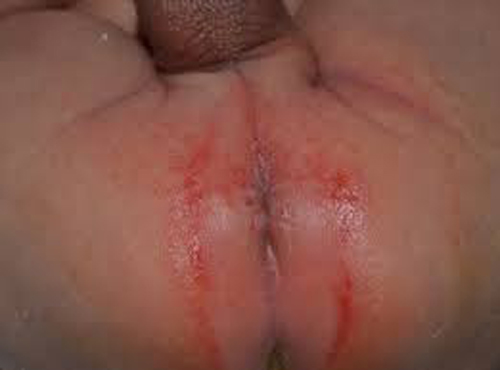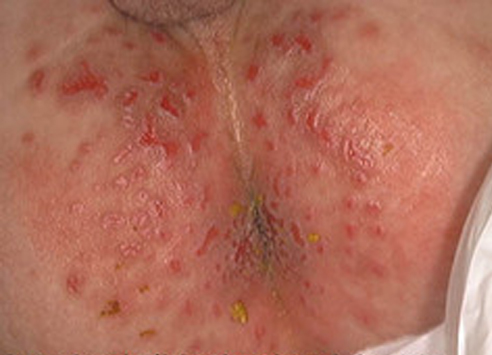FISTULA IN ANO

Anal fistula (plural fistulae), or fistula-in-ano, is a chronic abnormal communication between the epithelialised surface of the anal canal and (usually) the perianal skin. An anal fistula can be described as a narrow tunnel with its internal opening in the anal canal and its external opening in the skin near the anus.] Anal fistulae commonly occur in people with a history of anal abscesses. They can form when anal abscesses do not heal properly.
Anal fistulae originate from the anal glands, which are located between the internal and external anal sphincter and drain into the anal canal. If the outlet of these glands becomes blocked, an abscess can form which can eventually extend to the skin surface. The tract formed by this process is a fistula.
Abscesses can recur if the fistula seals over, allowing the accumulation of pus. It can then extends to the surface again - repeating the process.
Anal fistulae per se do not generally harm, but can be very painful, and can be irritating because of the drainage of pus (it is also possible for formed stools to be passed through the fistula). Additionally, recurrent abscesses may lead to significant short term morbidity from pain and, importantly, create a starting point for systemic infection.

Treatment, in the form of surgery, is considered essential to allow drainage and prevent infection. Repair of the fistula itself is considered an elective procedure which many patients opt for due to the discomfort and inconvenience associated with an actively draining fistula.
Make an Appointment